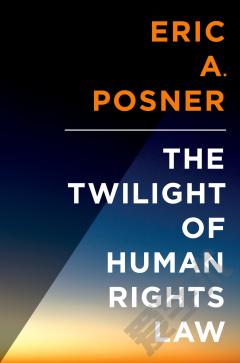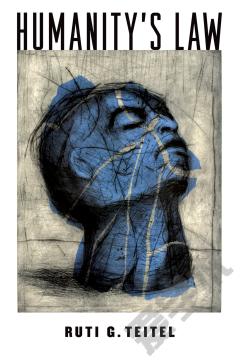The Twilight of Human Rights Law
Introduction Chapter 1. The History of International Human Rights Law 1.1. Prehistory-Before World War II 1.2. The Universal Declaration 1.3. The Cold War Era 1.4. The Modern Era Chapter 2. The Law and Institutions of Human Rights 2.1. The Proliferation of Treaties 2.2. The UN Committees, Council, and High Commission 2.3. The European Court and Other Regional Bodies 2.4. International Criminal Law and Judicial Institutions 2.5. National Institutions Chapter 3. Why Do States Enter Human Rights Treaties? 3.1 To Improve Human Rights 3.2 The Costs of Entering Human Rights Treaties 3.3 The 'Western Imperialism' Criticism and Its Limits Chapter 4. Do States Comply with Human Rights Treaties? 4.1. Human Rights Treaties and the Question of Compliance 4.2. Statistical Studies: What They Show Chapter 5. Why Do States Comply or (Not Comply) With Human Rights Treaties? 5.1 International Incentives to Comply 5.2 Domestic Incentives to Comply 5.3 Ambiguity and Inconsistency 5.4 Why International Organizations Are No Solution 5.5 A Failure of Will 5.6 The Problem of Epistemic Uncertainty 5.7 The Importance of Political Participation 5.8 Reprise Chapter 6. Human Rights and War 6.1 The Human Rights Peace 6.2 Humanitarian Intervention 6.3 The League of Democracies Chapter 7. A Fresh Start: Human Rights and Development 7.1 Three Dead Ends 7.2 The White Man's Burden
{{comment.content}}








 京公网安备 11010802027623号
京公网安备 11010802027623号